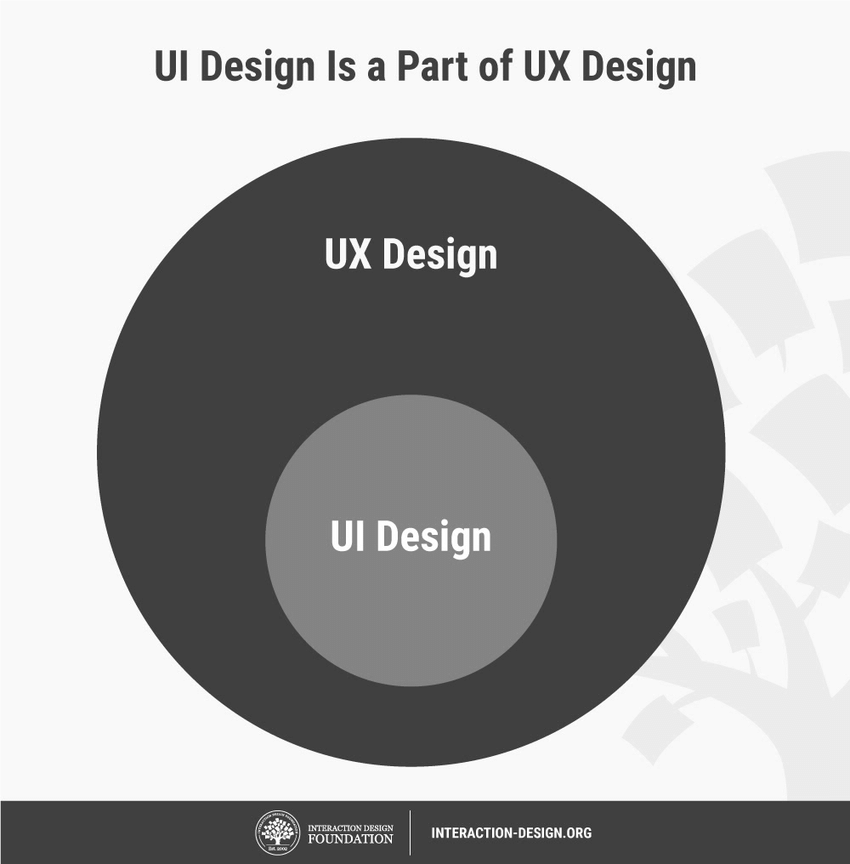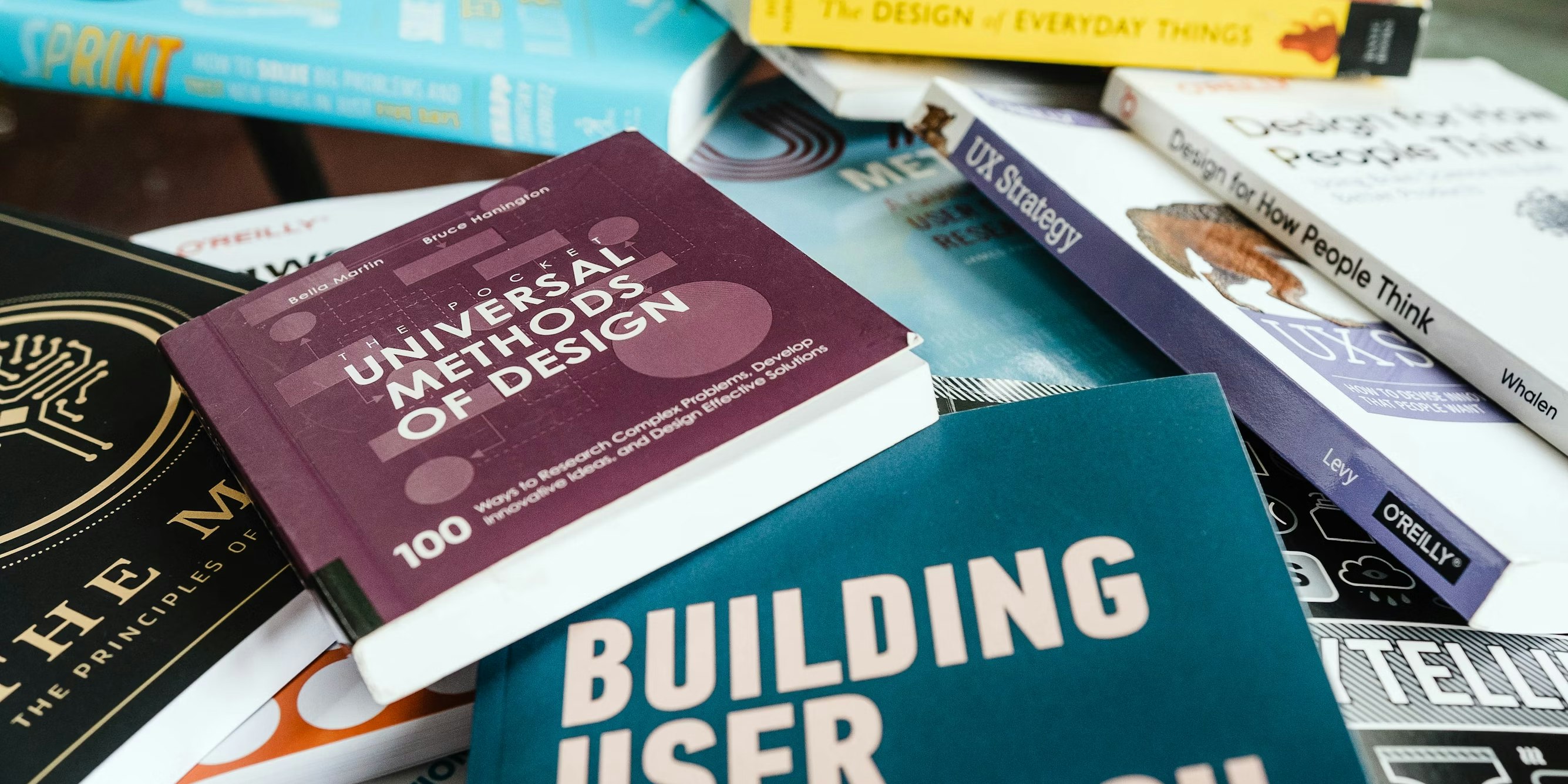You often hear that. But why? Because bad design stands out: The chair that is uncomfortable. The air conditioning that drones. The phone that keeps crashing. We often only realise how well something works when it suddenly stops working. This also applies to digital products.
If a web application is intuitive, fluid and pleasant to use, it remains inconspicuous - and is therefore remembered positively. If, on the other hand, it is confusing, sluggish or frustrating, users quickly lose patience.
User experience (UX) and user interface (UI) design therefore play a crucial role in the development of digital products. They make applications accessible and understandable and ensure that users enjoy working with them. Especially with complex web software, this can make the difference between ‘used’ and ‘abandoned’.
As an agency that specialises in customised, functional web solutions, one thing is clear to us: UX/UI is not an extra - it is essential for good software.
UX vs. UI – What does that actually mean?
UX and UI are often mentioned together – but they describe two different, complementary disciplines in the design process.
User experience (UX) describes the overall user experience of a person with a product or service:
- How intuitive is it to use something?
- How easy is the process to understand?
- Does its use trigger a feeling of control and satisfaction - or rather frustration?
User experience design is therefore concerned with consciously designing interactions in such a way that they are meaningful, efficient and pleasant.
The user interface (UI) is the visual and interactive interface through which people communicate with a digital product. This includes colours, fonts, icons, spacing - everything that is visible and clickable on the screen.
User interface design therefore describes the visual design of user interfaces so that they are understandable and appealing. How an interface is designed has a significant influence on the user experience and how a product is perceived and understood. For this reason, user interface design is a sub-discipline of user experience design.

Illustration by Oles Kozak
An example:
Red is considered a signal colour in our culture, it stands for danger and is therefore often used in user interfaces for error messages or the deletion of data. If the success message in an online shop after completing a purchase were to be displayed in a rich red colour, this could be unsettling. Did the order fail after all? Will the products now be cancelled?
This is why a good user experience cannot exist without a good user interface design.
The economic value of UX/UI
Experiences like the example above influence how positively a brand or service is perceived. They also influence how likely it is that users will return.
Positive user experiences mean that people are happy to return. They are familiar with the process and feel safe - there are hardly any reasons for satisfied customers to switch to the competition.
Conversely, if you are repeatedly annoyed by the user experience, you will eventually switch to an alternative that is easier to use.
If UX/UI is considered early on in the project, problems can be recognised and rectified at an early stage. This is much cheaper than having to make costly improvements later on because the product failed to meet the needs of the users. UX not only saves nerves - it also saves money.
UX/UI for complex platforms
Especially, platforms with many functions and use cases run the risk of becoming overloaded or confusing to use.
Good UX/UI provides orientation here:
- Clear navigation structure helps users to find content quickly
- Step-by-step disclosure only shows what is relevant
- Standardised interactions make operations predictable
This means that even complex software remains accessible – and becomes a tool that people really enjoy using.
UX/UI – not a luxury, but a must
UX and UI design not only ensure beautiful interfaces. They determine whether software is understood, used – and recommended to others.
"Intuitive. Efficient. Accessible." These are not design phrases, but basic requirements for modern web applications. UX/UI is the tool that makes this possible - and ensures that technology not only works, but also feels good.
When was the last time you questioned how your users feel? Let's find out together how good design can make your digital solution better.






